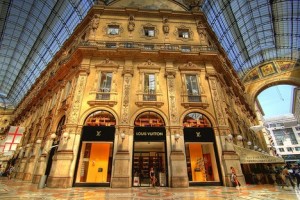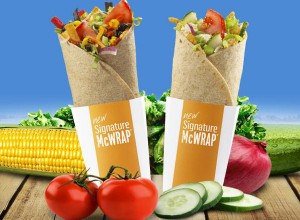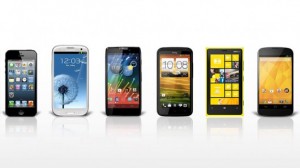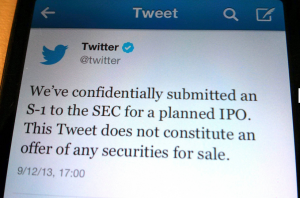Louis Vuitton Moët Hennessy (LVMH) is raising its focus somewhat from the really affluent to the really, really affluent.
LVMH has an almost insatiable appetite for acquisitions, with its brand portfolio ranging from fashion brands Givenchy and Fendi to watch brand TAG Heuer. As if it isn’t already expensive enough, the Paris-based fashion house Louis Vuitton is launching a new line of higher than high-end handbags and accessories.
So what drove LV to make such a bold move? Firstly, fashion knows no end, evident through astrakhan – a type of fleece made from fetal lambs. The lavish lifestyle that celebrities nowadays embody and increasing numbers of Chinese consumers enjoy creates a niche for high-fashion conglomerates such as LVMH, and by launching an even more expensive and exclusive line of accessories, Louis Vuitton may be able to increase its gradually slowing revenue stream by targeting the “really, really affluent”. Secondly, LV by itself makes almost half of the conglomerate’s total revenue. However, its cash cow product, the Neverfull, has been seeing a drop in sales.
Recently, LV has been making profits from relatively lower margin areas, such as perfumes and cosmetics. Under its established brand name, LVMH’s new line can easily break-even by having great mark-ups.
Resources:
http://www.businessweek.com/articles/2013-09-25/louis-vuitton-shops-for-even-richer-customers




